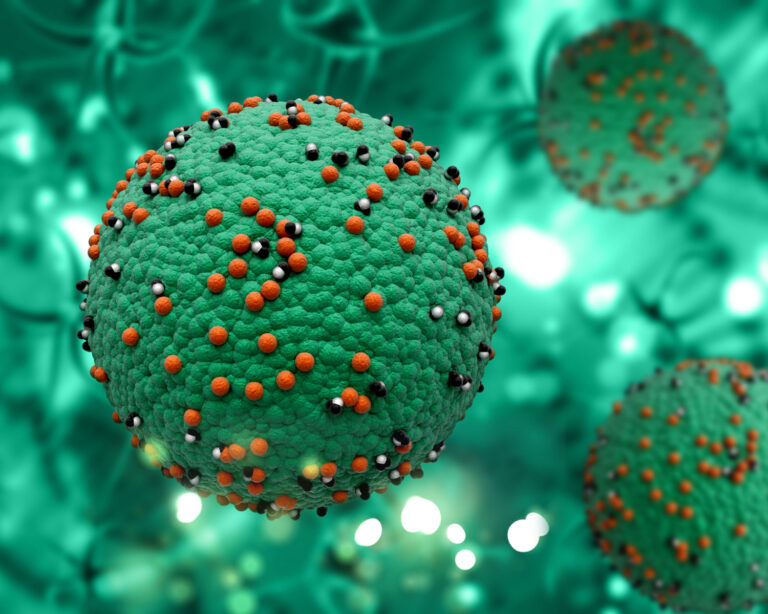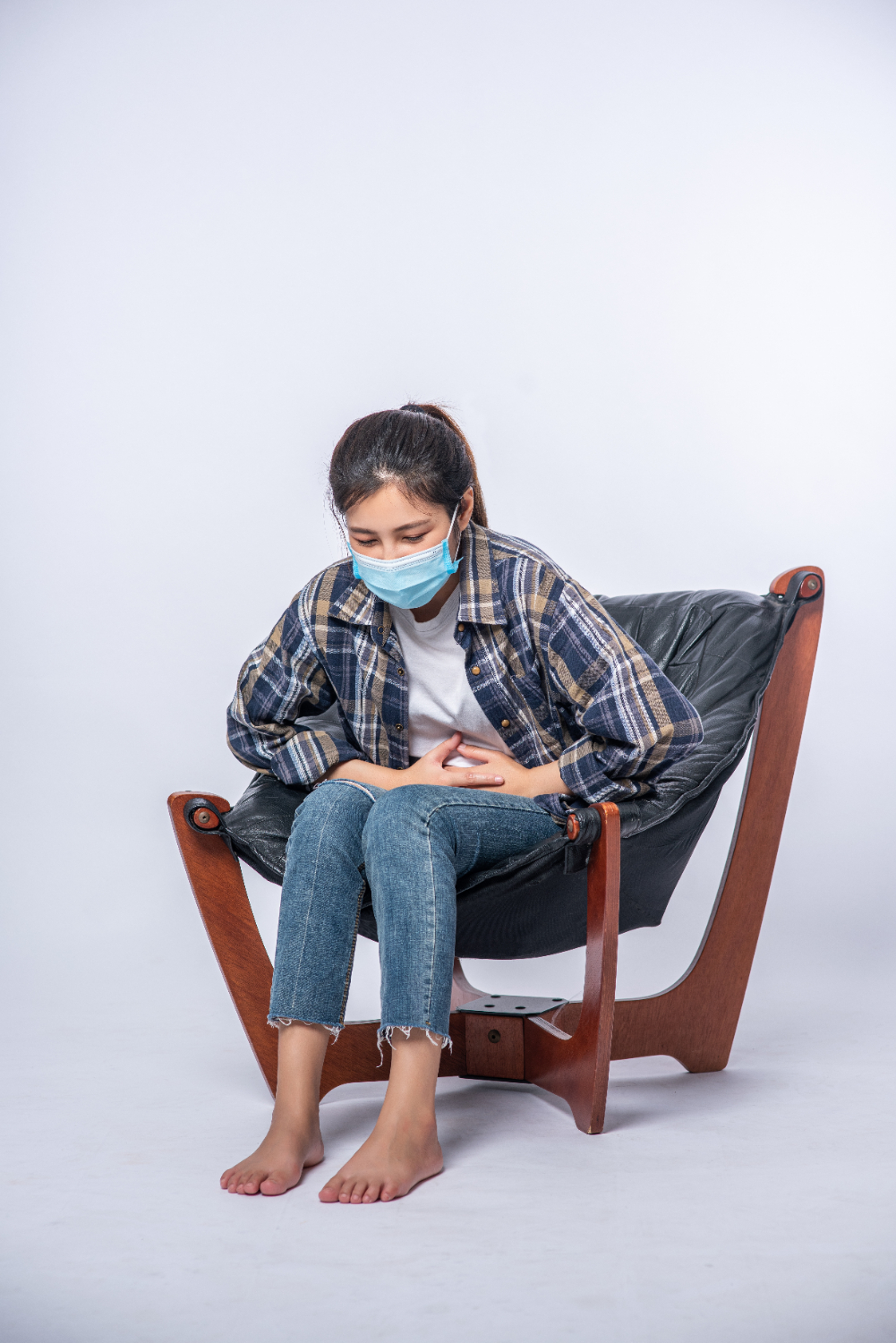Norovirus
Norovirus, often referred to as the “winter vomiting bug”, is a highly contagious virus that causes gastroenteritis – inflammation of the stomach and intestines. Known for its rapid spread and disruptive symptoms, norovirus has been a growing concern globally and in India. This article researches norovirus, its effects on humans, its modes and patterns of spread, and strategies that India can adopt to reduce its impact. It is responsible for around 200,000 deaths annually and outbreaks are common in small communities such as educational and care facilities.
Norovirus belongs to the Caliciviridae family and is a major cause of acute gastroenteritis worldwide. It was first identified in 1968 during an outbreak at a school in Norwalk, Ohio, hence the name “Norwalk virus”. Despite its relatively short disease course, norovirus has a significant impact on public health due to its high contagiousness.
Norovirus is a non-enveloped virus with a single-stranded RNA genome. It can survive for long periods on surfaces and in water, making it resilient to environmental conditions. Several genogroups exist, with GII.4 being the most common strain associated with outbreaks. NoV is transmitted via the faecal-oral route and infection with it results in asymptomatic cases. It has high mutational rates and this allows for new variants to emerge and be more resistant.
The two age groups facing the largest risk are younger children below the age of 5 and elderly above the age of 85, with the former being at a higher risk. Dehydration is a major concern, especially in young children, older adults, and immunocompromised individuals.. It is thought that these two groups are at higher risk due to their immunosenescence and acute dehydration of the elderly and young, respectively.

Symptoms of norovirus infection
Infection typically appears 12 to 48 hours after contact and lasts for 1 to 3 days. Common symptoms include:
- Nausea
- Vomiting
- Diarrhea
- Abdominal cramps
- Mild fever, headache, and body aches in some cases
Mechanisms of infection
- Binding and entry: Norovirus binds to histo-blood group antigens (HBGAs) on the surface of host cells, facilitating its entry.
- Immunity Escape: The virus mutates rapidly, allowing it to evade the immune response and re-infect individuals.
- Advances in Vaccine Development
- Currently, no licensed vaccine exists for norovirus, but researchers are exploring options:
- Vaccine Candidates: Focus on virus-like particle (VLP) vaccines that mimic the structure of the virus.
Diagnosis
Advanced diagnostic methods such as reverse transcription-polymerase chain reaction (RT-PCR) and enzyme immunoassay (EIA) are being used for rapid detection. Developing a vaccine is complex due to the genetic diversity and rapid evolution of the virus. Norovirus is highly contagious and spreads through various modes such as touching contaminated hands, surfaces, or objects., eating contaminated food or drinking contaminated water. One could inhale of virus-containing particles from vomit.
Norovirus cases are currently on the rise in the United States, with a significant increase in reported outbreaks compared to previous years. The Centers for Disease Control and Prevention (CDC) notes that norovirus is the leading cause of foodborne illness in the country, causing symptoms such as vomiting, diarrhea, nausea, and abdominal pain. Between Aug-Dec 2024, 495 norovirus outbreaks were reported by Norostat-participating states, marking a 36% increase compared to the same period of the previous seasonal year.
Factors contributing to spread
- Environmental resilience: The virus can withstand cold, heat, and the levels of chlorine used in water treatment.
- Population density: Crowded places such as schools, hospitals, and cruise ships increase its spread.
- Poor hygiene: Inadequate hygiene practices promote outbreaks.
In India, although norovirus has not reached epidemic levels in India, sporadic cases and local outbreaks have been reported, especially in southern states such as Kerala and Tamil Nadu. Factors those are seems to be responsible for the spread are hygiene issues: as open defecation and poor water quality increase the risk of contamination. Climatic conditions like hot and humid conditions in many parts of India may favor the survival and spread of the virus. lacking awareness regarding the virus and limited knowledge among health professionals and the public leads to delayed diagnosis and response.
Preventive measures
- Improved sanitation: Ensure access to clean drinking water and effective sewage systems. Promote hand hygiene through campaigns and accessible facilities.
- Surveillance: establish strong surveillance systems to detect and monitor outbreaks. Train healthcare personnel to recognize and manage norovirus infections.
- Food safety: Enforce strict hygiene standards in handling and preparing foods. Regularly inspect food establishments and water sources.
Personal protective measures
- Handwashing: Use soap and water; alcohol-based sanitizers are less effective against norovirus.
- Cleaning: Disinfect surfaces with a solution containing chlorine or hydrogen peroxide.
- Isolation: Infected individuals should avoid work, school, and public places until 48 hours after symptoms subside.
Conclusion
Norovirus is a formidable public health challenge, but its impact can be mitigated through coordinated efforts in research, public health interventions, and community awareness. For India, the key lies in proactive measures that address the unique socio-environmental factors that contribute to its spread. By investing in sanitation, surveillance, and healthcare infrastructure, India can reduce the threat of norovirus and effectively protect public health.
For more health realted updates Kindly visit Healthyfinancier.com

